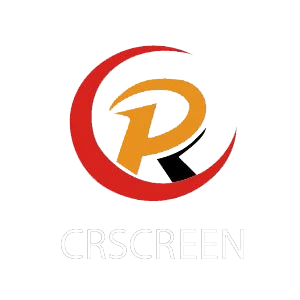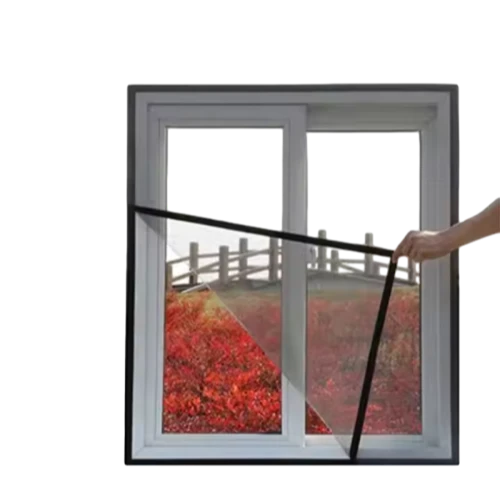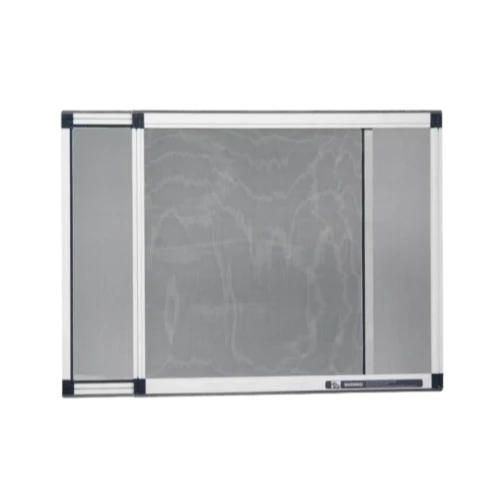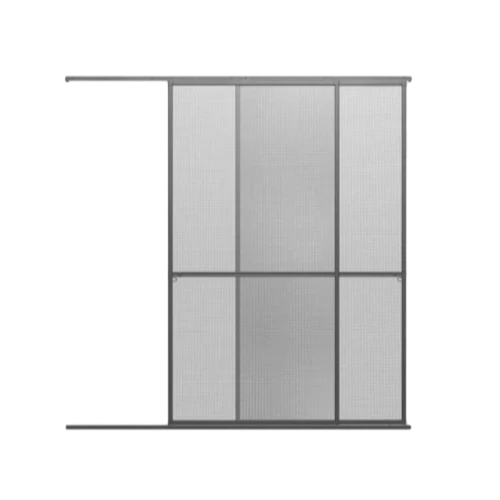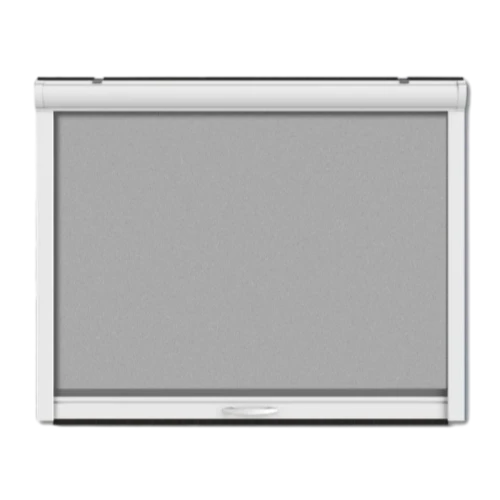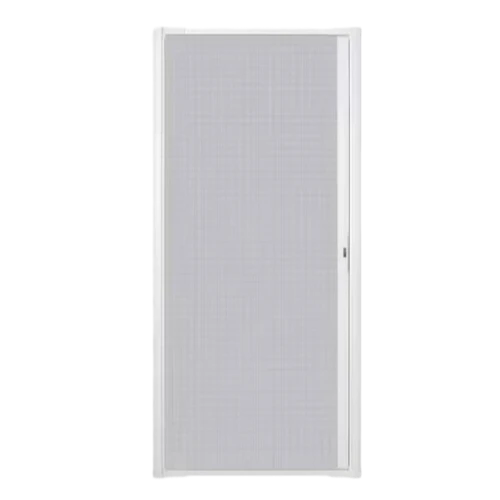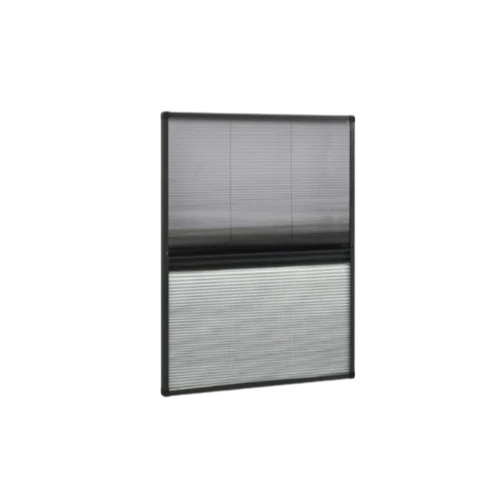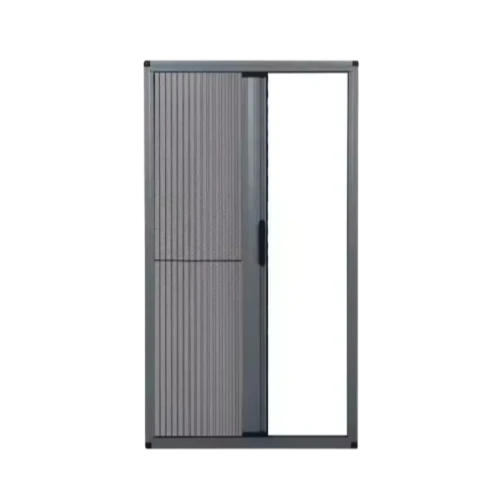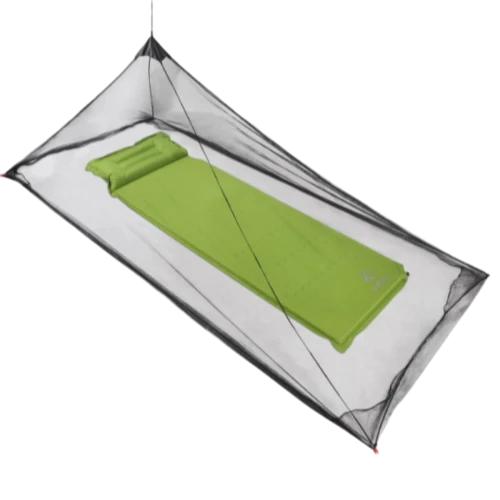Juni . 24, 2025 04:30 Back to list
Premium Fly Screens for Aluminium Windows Durable Insect Screens & Aluminium Framed Fly Screens
- Introduction to Fly Screens for Aluminium Windows: Why They Matter
- The Science Behind Insect Protection: How Modern Screens Work
- Technical Advantages of Aluminium Framed Fly Screens
- Comparative Analysis: Major Manufacturers and Market Offerings
- Customization Options for Diverse Architectural Needs
- Real-World Applications: Case Studies and Success Stories
- Future Trends and Conclusion: The Promise of Fly Screens for Aluminium Windows
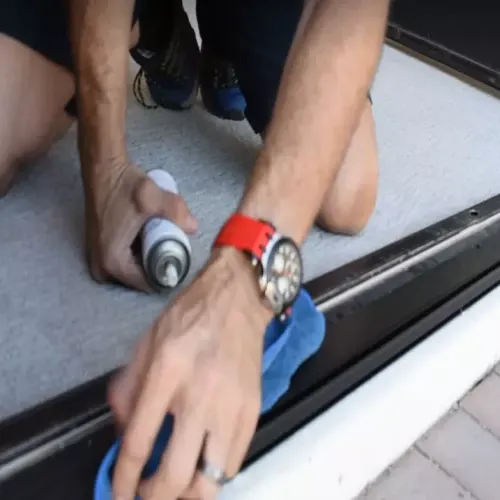
(fly screens for aluminium windows)
Introduction to Fly Screens for Aluminium Windows: Why They Matter
The rise of urban living has increased the demand for effective ventilation solutions that prevent insects and pests from entering residential and commercial spaces. Fly screens for aluminium windows offer a practical and efficient answer, enabling fresh air flow while acting as a robust barrier against disease-carrying insects. The global insect screen market was valued at over USD 890 million in 2022 and is projected to expand at a CAGR of 4.2% from 2023 to 2030 (Source: Grand View Research). This growing demand is attributed to heightened health concerns and increased adoption of sliding and casement aluminium windows, particularly in areas with subtropical climates. Integrating insect screens for aluminium windows enhances indoor comfort, minimizes dependency on chemical repellents, and supports sustainable, eco-friendly building practices. As a result, more architects and homeowners are investing in aluminium framed fly screens for long-term efficiency and aesthetics.
The Science Behind Insect Protection: How Modern Screens Work
Insect screens for aluminium windows leverage a combination of mesh density, material science, and frame engineering to provide reliable protection. The core technology involves synthetic or metallic mesh with apertures ranging from 1.2 mm to 1.8 mm, a sweet spot proven to deter common insects like mosquitoes, flies, and midges while maintaining airflow rates of up to 80% (as measured in standardized laboratory wind tunnel testing). The mesh is often constructed from fiberglass, polyester, or stainless steel, ensuring durability and resistance to wear and tear, UV exposure, and corrosion. Aluminium frames have gained widespread adoption for their exceptional strength-to-weight ratio, longevity, and compatibility with modern window systems. Furthermore, advancements in powder-coating and color-matching technologies ensure that contemporary fly screens seamlessly complement the aesthetics of both new and upgraded aluminium window installations.
Technical Advantages of Aluminium Framed Fly Screens
Aluminium framed fly screens set the industry benchmark for robust construction, ease of installation, and minimal maintenance. Unlike wooden or uPVC frame alternatives, aluminium offers unrivalled resistance to warping, swelling, and termite damage. Longevity is a critical consideration, with aluminium frames exhibiting an average lifespan of 20+ years compared to 7–10 years for timber frame solutions. The anodized or powder-coated surfaces allow for customization in a wide palette of colours, enabling seamless integration with window frames and interior décor. Additionally, these screens provide added security, as the rigid frame structure can support the inclusion of security mesh or child safety features, reducing unauthorised entry risks without compromising on visibility or airflow. Their low profile and lightweight build also permit the incorporation of retractable, sliding, or fixed configurations, accommodating a wide variety of window styles in both residential and commercial applications.
Comparative Analysis: Major Manufacturers and Market Offerings
Selecting the optimal fly screens for aluminium windows
often comes down to comparing leading manufacturers and their respective offerings. Below is a detailed comparison table that outlines key performance indicators, technical specifications, and warranty commitments from several prominent global brands:
| Manufacturer | Mesh Material | Frame Material | Airflow (%) | Warranty (years) | Customization Options | Certifications |
|---|---|---|---|---|---|---|
| Phantom Screens | Fiberglass, Stainless Steel | Powder-coated Aluminium | 78 | 10 | Color, Size, Retractable | ISO 9001, GreenGuard |
| Centor | Polyester, Stainless Steel | Anodized Aluminium | 82 | 5 | Motorized, Custom Mesh | ISO 14001, CE |
| Freedom Screens | Fiberglass, Micro-mesh | Aluminium Alloy | 81 | 7 | Pet-friendly, UV Protection | AS1530.1, RoHS |
| Transcat | Stainless Steel | Reinforced Aluminium | 80 | 8 | High-Security, Wide Panel | EN 13561, IFC |
The comparative analysis highlights that premium aluminium framed fly screens combine advanced mesh materials with customized designs, high airflow, and robust certifications. These features emphasize long-term performance and adherence to international quality standards.
Customization Options for Diverse Architectural Needs
Modern building projects demand flexibility, and manufacturers of insect screens for aluminium windows have responded with a diverse suite of customizable solutions. From fixed panels to sliding and retractable designs, each system can be tailored for single, double, or even triple-glazed aluminium windows. Cut-to-size fabrication supports seamless installation across bespoke apertures, while a broad selection of mesh types—including anti-pollen, nano-coated, or security mesh—caters to varying preference and performance needs. Powder-coating technology enables precise color matching to virtually any RAL or Pantone shade, ensuring visual integration with façade or interior color schemes. Accessories such as magnetic seals, soft-close mechanisms, and motorization options further enhance user experience, especially in high-traffic commercial environments. Additionally, specialist treatments such as anti-microbial coatings and pet-resistant mesh elevate these solutions for families or healthcare settings, underscoring the adaptability of aluminium framed fly screens to address emerging indoor air quality and safety demands.
Real-World Applications: Case Studies and Success Stories
The practical impact of effective fly screens for aluminium windows is best illustrated through real-world applications. In Singapore’s residential high-rises, for instance, over 75,000 apartments were retrofitted with aluminium insect screens between 2016 and 2021, resulting in a reported decrease of 38% in vector-borne mosquito cases (Singapore National Environment Agency). Hospitality chains in Australia have adopted framed fly screens for guestroom windows, leading to a 92% reduction in guest complaints relating to insect intrusion according to a cross-property study published in 2020. Commercial success is also evident in educational institutions—such as a Melbourne university—where bespoke retractable aluminium screens facilitated natural cross-ventilation, improving indoor air quality and reducing reliance on HVAC systems by an estimated 19% throughout the academic year. These case studies demonstrate the far-reaching benefits of integrating advanced insect screens into new construction and retrofit projects alike, positively impacting health, comfort, and operating costs across diverse sectors.
Future Trends and Conclusion: The Promise of Fly Screens for Aluminium Windows
As indoor environmental quality becomes an ever-greater priority, technological innovation continues to push the frontiers of fly screens for aluminium windows. Emerging trends include nanotechnology-infused self-cleaning meshes, smart sensors for automated screen deployment based on weather or air quality data, and integration with building management systems for seamless operation. The convergence of sustainability, occupant health, and convenience will drive further advances, making insect screens for aluminium windows an indispensable element of contemporary architectural practice. With proven technical, economic, and health benefits, aluminium framed fly screens are poised to remain at the forefront, delivering efficient, aesthetic, and customizable solutions for both present and future buildings.
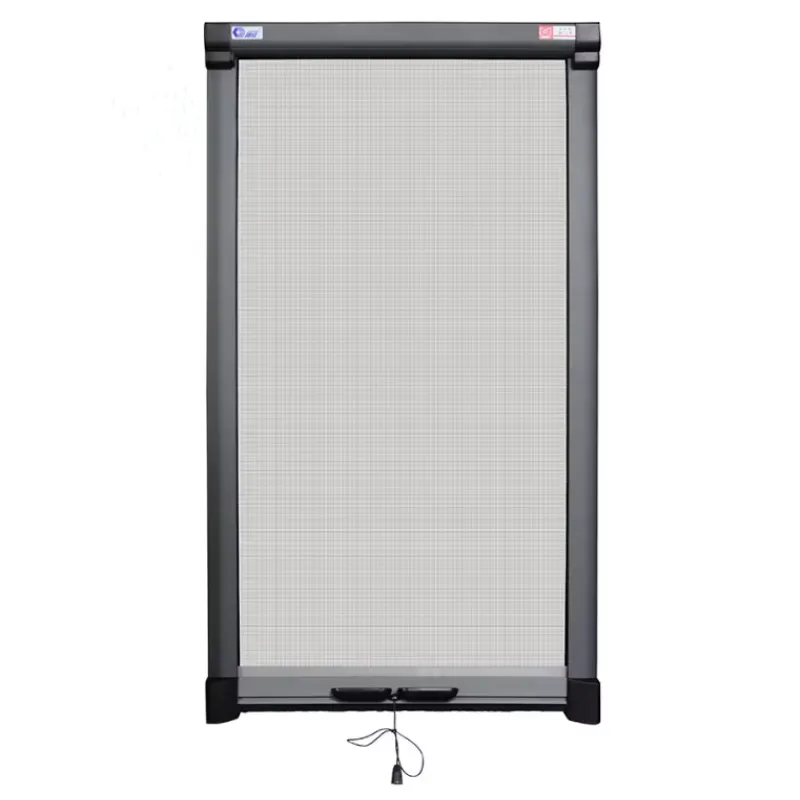
(fly screens for aluminium windows)
FAQS on fly screens for aluminium windows
Q: What are fly screens for aluminium windows?
A: Fly screens for aluminium windows are mesh panels designed to fit onto aluminium window frames. They prevent insects from entering while allowing air to flow freely.Q: How do insect screens for aluminium windows work?
A: Insect screens for aluminium windows act as a protective barrier. They use a fine mesh material that blocks bugs but does not obstruct airflow or visibility.Q: Are aluminium framed fly screens durable?
A: Yes, aluminium framed fly screens are highly durable and resistant to rust and corrosion. They are ideal for long-term use and harsh weather conditions.Q: Can I install fly screens for aluminium windows myself?
A: Many fly screens for aluminium windows are easy to install with simple instructions or clips. However, professional installation can ensure a perfect fit.Q: Do fly screens for aluminium windows require maintenance?
A: Fly screens need occasional cleaning with mild soap and water to remove dust and debris. Regular maintenance keeps the screens effective and long-lasting.Products
Latest news
-
Unveiling the Allure and Practicality of Classic Mosquito Nets
NewsJul.04,2025 -
Unraveling the World of Mosquito Nets: Varieties, Costs, and Production
NewsJul.04,2025 -
Redefining Protection and Style: The World of Mosquito Nets
NewsJul.04,2025 -
Enhancing Sleep and Style with Contemporary Mosquito Nets
NewsJul.04,2025 -
Diverse Solutions in Mosquito Netting: Sizes, Varieties, and Flexibility
NewsJul.04,2025 -
Deciphering Mosquito Nets: Significance, Varieties, and Applications
NewsJul.04,2025 -
Transforming Bedrooms into Mosquito - Free Havens
NewsJul.01,2025
